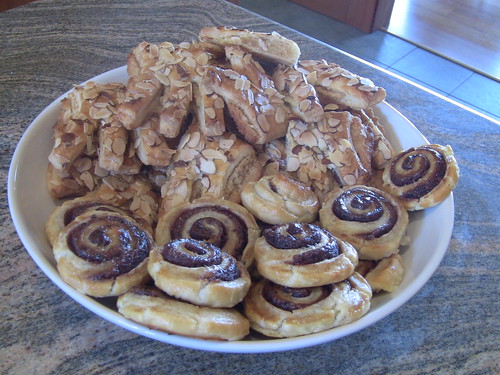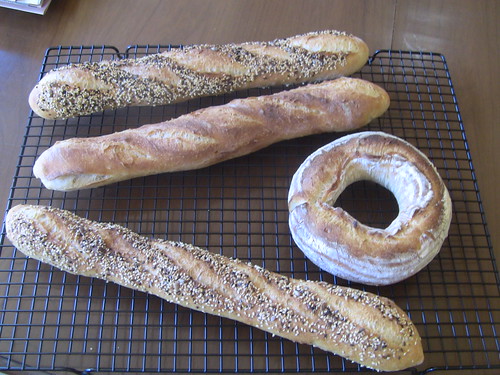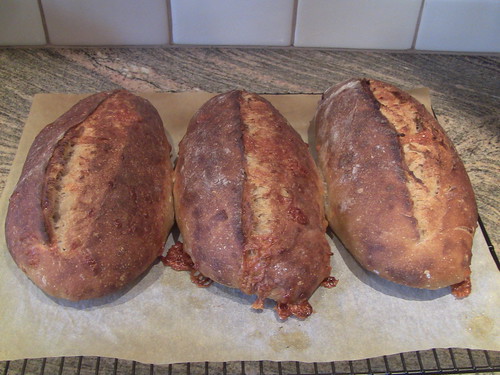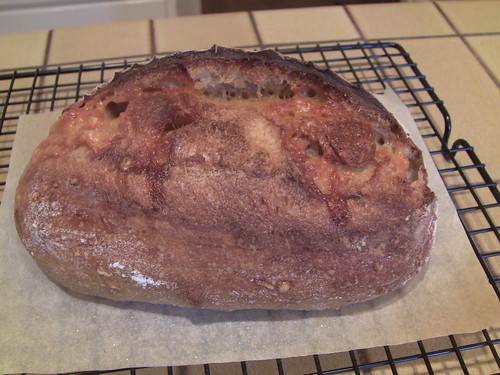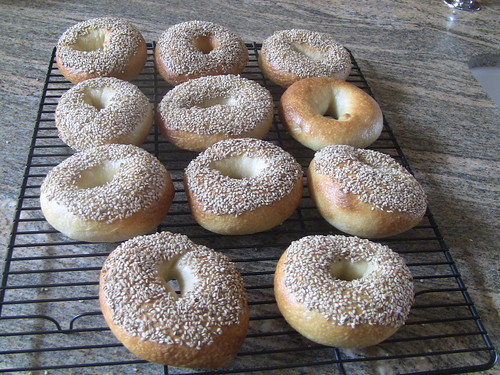Flora, Fauna & Pane
A lovely weekend on the North Coast of California.
First, the Fauna. Our yard seems to be the pasture of choice for our neighborhood herd of Mule Deer. And the herd has grown in the last few weeks. We’ve seen at least three new babies (we refer to them, collectively, as “The Fonz”). And the young buckeroos were particularly rowdy this weekend. After the pictures below were taken, a large group assembled not 20 yards from our porch (perhaps drawn by the smell of Focaccia buns baking; more likely by the dandelions in bloom).
